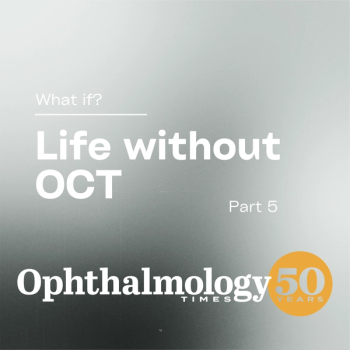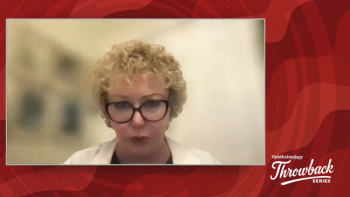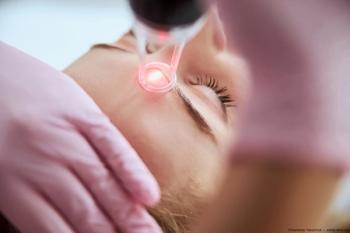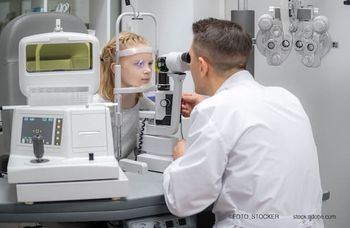
Toric correction with photosensitive IOL shows promise
Spherocylindrical corrections were performed in six patients implanted with a photosensitive IOL (Light-Adjustable IOL, Calhoun Vision) after cataract surgery. Mean cylinder was –0.50 D postadjustment, and uncorrected visual acuity improved in all patients to 20/25 or better.
Key Points
Chicago-Early experience from a pilot study show that spherocylindrical error after cataract surgery can be corrected with a photosensitive IOL (Light Adjustable Lens, Calhoun Vision) to improve uncorrected visual acuity (UCVA), said Arturo S. Chayet, MD, at the annual meeting of the American Society of Cataract and Refractive Surgery.
Dr. Chayet, medical director, Codet Laser Vision Institute, Tijuana, Mexico, presented results from the first six patients who underwent small incision surgery and implantation of the photosensitive IOL followed by customized treatment for residual spherocylindrical error using a digital light delivery system designed collaboratively by Calhoun Vision and Carl Zeiss Meditec.
Mean cylinder prior to adjustment was –1.37 D with a maximum of –1.75 D. The mean postadjustment cylinder was –0.50 D, and the mean vectorial cylinder adjustment was –0.87 D.
"It is very exciting to be able to present the results of toric correction with the [photosensitive IOL]. There are many potential advantages for this approach," said Dr. Chayet. "It offers a precise method for correcting sphere and cylinder while allowing surgeons to maintain their same technique with respect to incision location and IOL placement. In addition, the spatial profile can be written along with multifocal corrections."
He showed the outcomes of early photosensitive IOL spherocylinder correction experiences with a few patient examples that included cases of hyperopic astigmatism and mixed astigmatism. Dr. Chayet reported refractive and visual acuity data pre- and postadjustment as well as displayed topographic and wavefront maps.
"The reduction in astigmatism can be seen in the wavefront maps, but the topography is unchanged because the treatment is done in the lens and not on the corneal surface," he said.
Treatments also have been performed to correct cylinder alone, and nomograms are being developed for correcting myopic astigmatism. In addition, nomograms are being modified to treat toric errors of up to 2.5 D that have been corrected in vitro.
The photosensitive IOL is a customizable, three-piece implant with a 6-mm square-edge optic and polymethyl methacrylate haptics. The optic is made of a proprietary photoreactive silicone macromer material that undergoes polymerization changes on exposure to a 365-nm UV light source with resultant changes in lens shape and power. Customizing is based on the delivered beam pattern and intensity.
Previous reports on outcomes with the photosensitive IOL in clinical trials have presented data on treatments for spherical power correction and have shown the results are very precise, with achieved corrections within 0.25 D of intended in more than 90% of eyes treated for residual hyperopia or myopia.
"Precision is also a benefit of this technology for toric corrections, where it should provide accuracy within 0.25 D of cylinder and within 1 degree of intended axis. With the overall refractive accuracy very good for both sphere and cylinder, there should be no postop surprises," noted Dr. Chayet.
Calhoun Vision has submitted an investigational device exemption application for the lens to the FDA.
Newsletter
Don’t miss out—get Ophthalmology Times updates on the latest clinical advancements and expert interviews, straight to your inbox.



















































.png)


